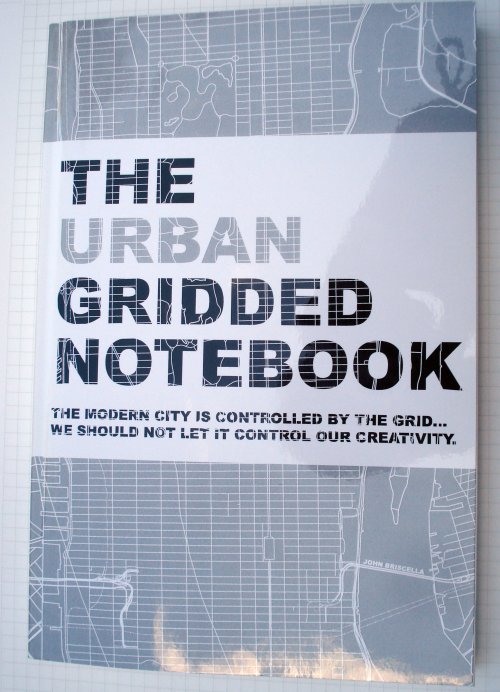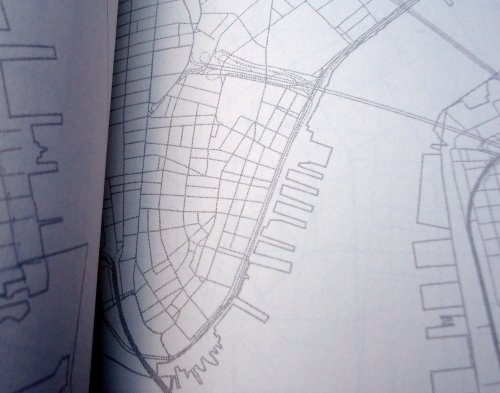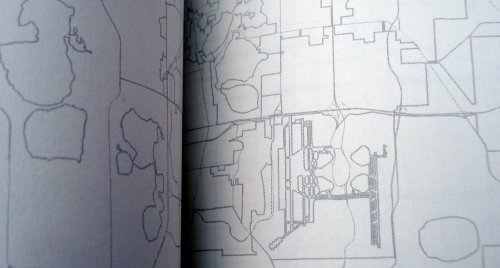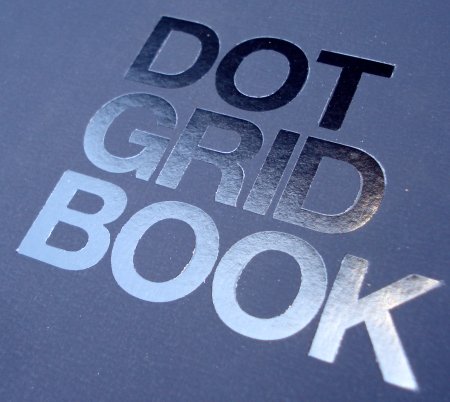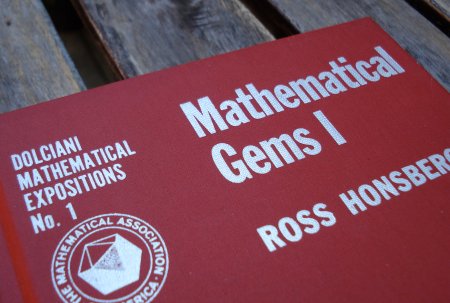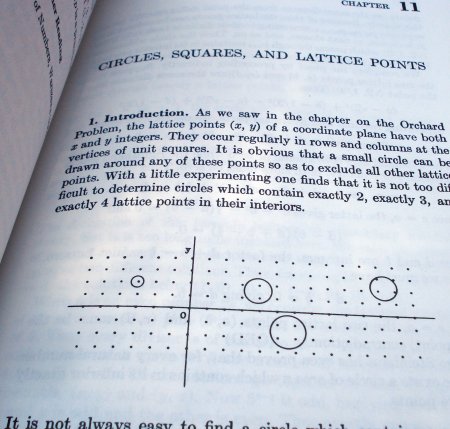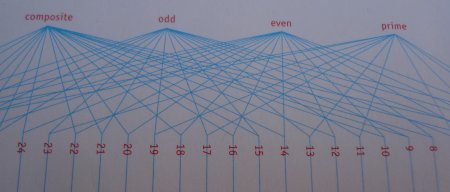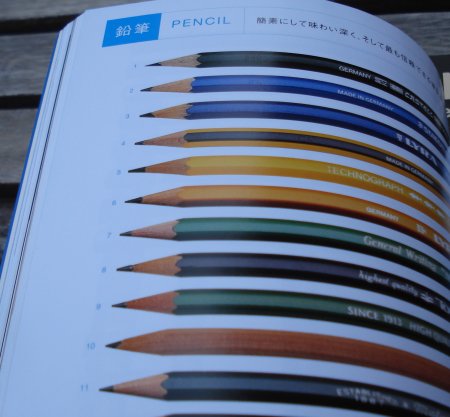Let’s take a second look at some of the items we saw last year. Today we’ll recall notebooks and stationery items.

The Rhodia pad was the topic of the blog’s first post, back in 2005. I still use the A3 sized No. 38 at my desk. As 2009 begins, Rhodia now produces all sorts of brand extensions and products. Some of these don’t use Rhodia’s traditional paper. Overall, I think this is a mistake. While I now own a few black covered Rhodia pads and staple-bound notebooks, I think the new products are diluting the product name. The corporate parent Clairefontaine owns several established brands, and should have released these new lines under another name.
Whitelines. I can’t quite believe I ordered these samples from Sweden. They are now available at retail all over Canada. I like the products – quite a bit – especially the tablet format – yet the notebooks seem perhaps a bit too conspicuous, and the claims of being easier on the eyes – well, I think it would have been better to let people draw their own conclusions.
Behance Action Paper was another interesting find, which I can also now buy locally! After posting about them, I gave away all but one of the items I had ordered – and the feedback was unanimously positive!
It took me a while, but I started using the “Action Book” I kept, especially when I had a few more tasks to organize. Though it can be part of a fancy organizational system, it also makes an excellent uncomplicated to-do list. I think they’re great.

The Exacompta Bloc Faf remains a prized possession. After I “upgraded” to graph paper – the Bloc stays beside the keyboard, and gets daily use.
There have been a few questions about where to purchase it. Nota Bene in Montréal stocks these, and has always treated me very well.

The Remake Retro. It looked cool, but the setup didn’t survive. The cover was really accounting ledger paper glued on cardboard, and quickly came apart. Also, the Zebra pencil had a problem – the clip is attached to the cap, and the pencil regularly became detached.

Exacompta Record Cards. These I loved. I thought they were a tad expensive, but they are such high quality that I couldn’t resist.

I also discovered that the 148x210mm size is precisely the A5 standard (which most software and printers support), so I found a double bonus in being able to easily print templates, headings, diagrams, etc. on the cards in a laser printer, before writing on the cards by hand.

I’ve since purchased other items in the line: the A4 record card, which must be the world’s largest index card. Also, colour cards, and a punched version which fits in an associated binder – while it wasn’t my intent, I realized it formed a good quality self-assembled notebook.

Nava Notes. I think their date scheme helps enforce the organizational discipline. I gave some of these away, and was shown some quite creative results, where colour highlighters were used to efficiently associate notes with subject matters as well as the date.
The Mucu Type RN-B notebook has worked out. I hope they get better distribution, as it is a good (and fun) product.
Mateo Ilasco – I’ve bought more in the series, which I’ll show in future posts.
Overall, my two favourites (judging by what was used the most) are the Exacompta Record Cards, and the Bloc Faf.

Now for something new: The Miquelrius “Twen Magazine Willy Fleckhaus 1959 Grid-it! Notepad”
At an an oversize 265mm x 335mm with an intriguing gridding, it is an amazing notepad. The story is here. If you wonder what layout artists and typesetters did before the computer era, the partial answer is that they were mighty clever!

The grid relies on properties of the number twelve (12). The columns, used in pairs, allowed easy mixture of 2, 3, 4, and 6 column widths.
It takes a while to appreciate, but after observation, it seems clear that the challenges of laying out photos and columns for print are immensely aided – probably even in the computer era – by this design. (I have recollections of the challenge of dealing with an electronic typesetter which displayed a line of text at a time.) It is just delightful, both a tribute to the past, and still a useful implement.
The notepad is seen with a 30cm aluminum architect’s scale from emform. (Also a nice dual modern/historic stationery accessory.)

Finally, two notebooks from Maruman’s Memosyne series. They both have micro-perforated removable sheets.

“Today’s Act” is a clever to-do list notebook. The first column is for numbering the tasks. The second is for checking the task when done, and the main column for describing the task.
A useful instructive diagram is provided.
The “Inspiration” is an A5 sized notebook meant to be used in landscape format.
Stationery innovation is quite alive!
